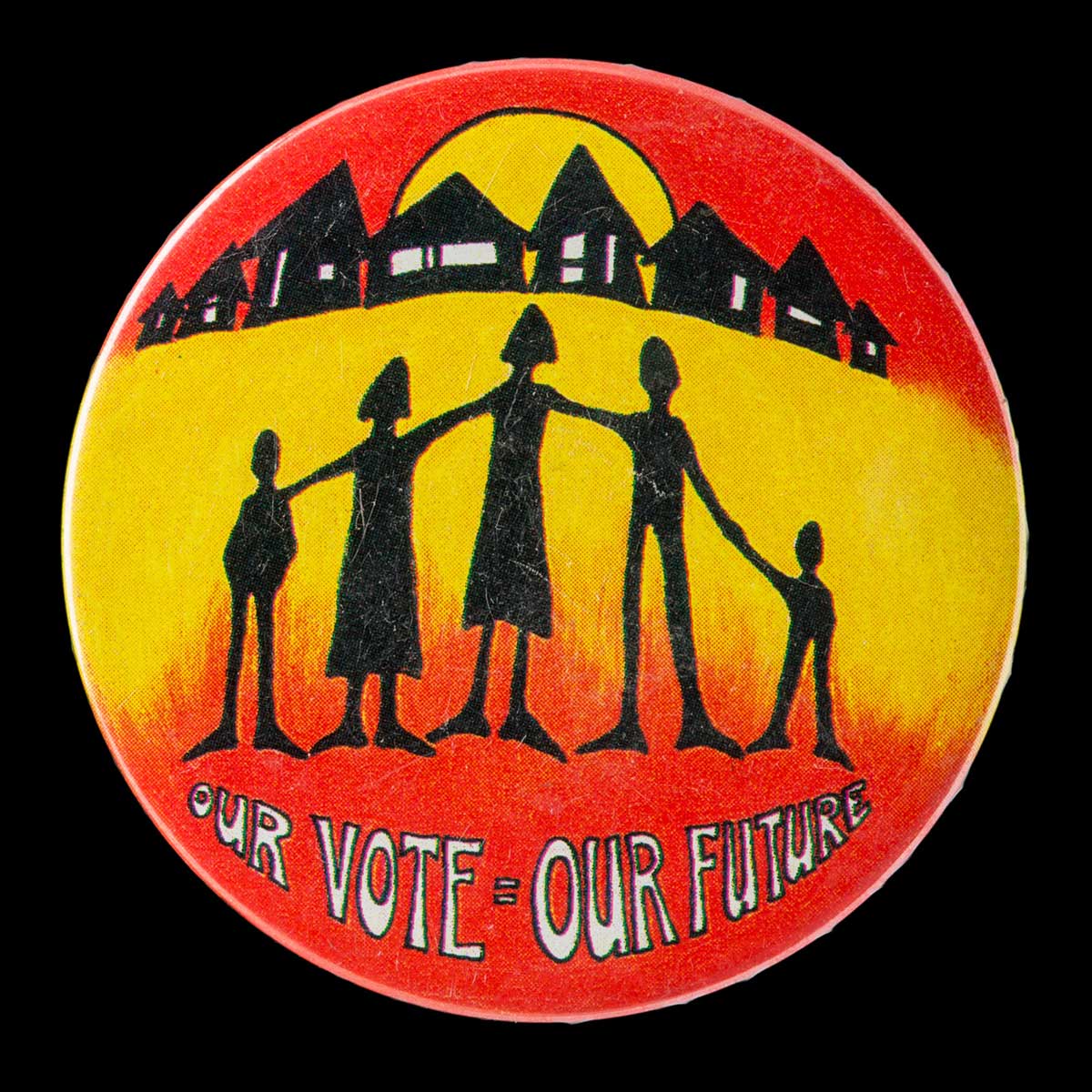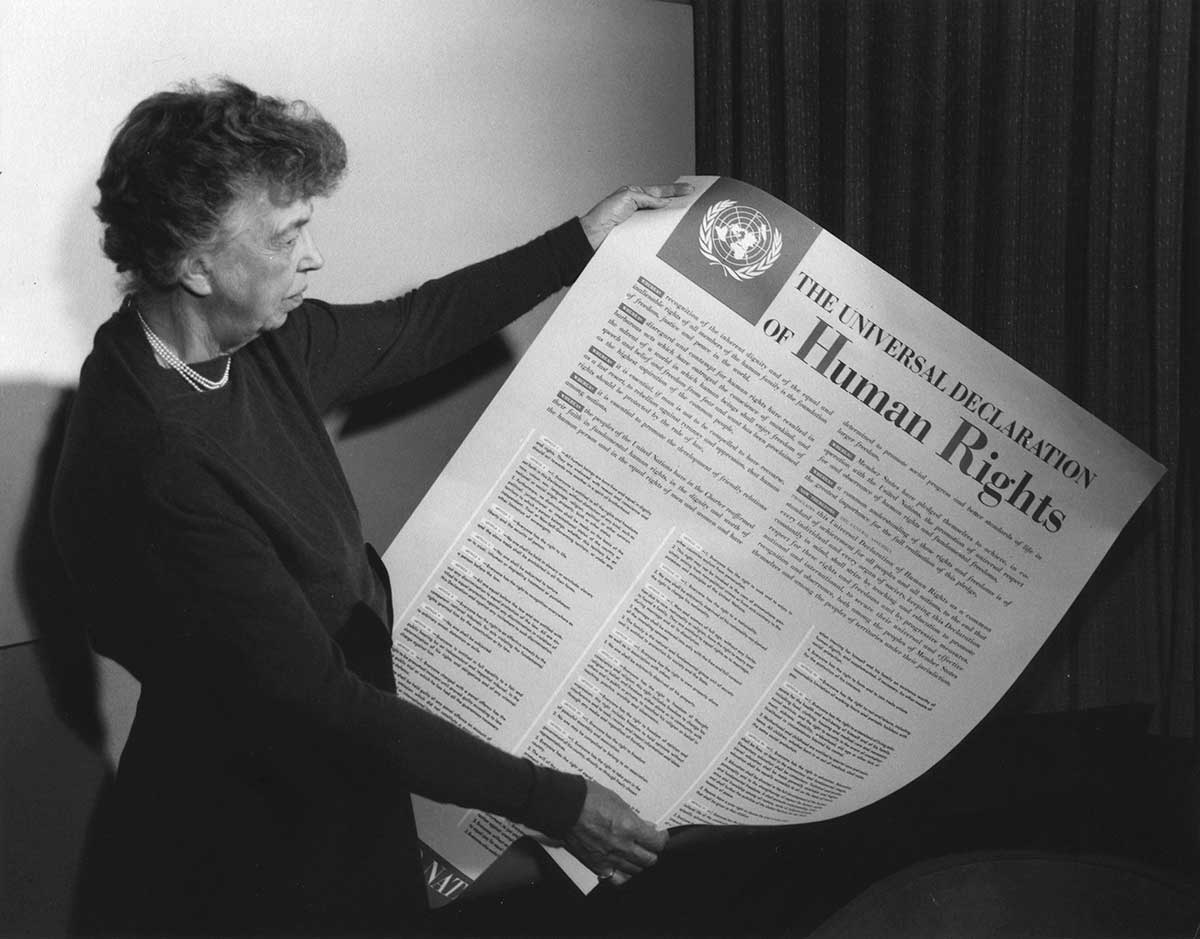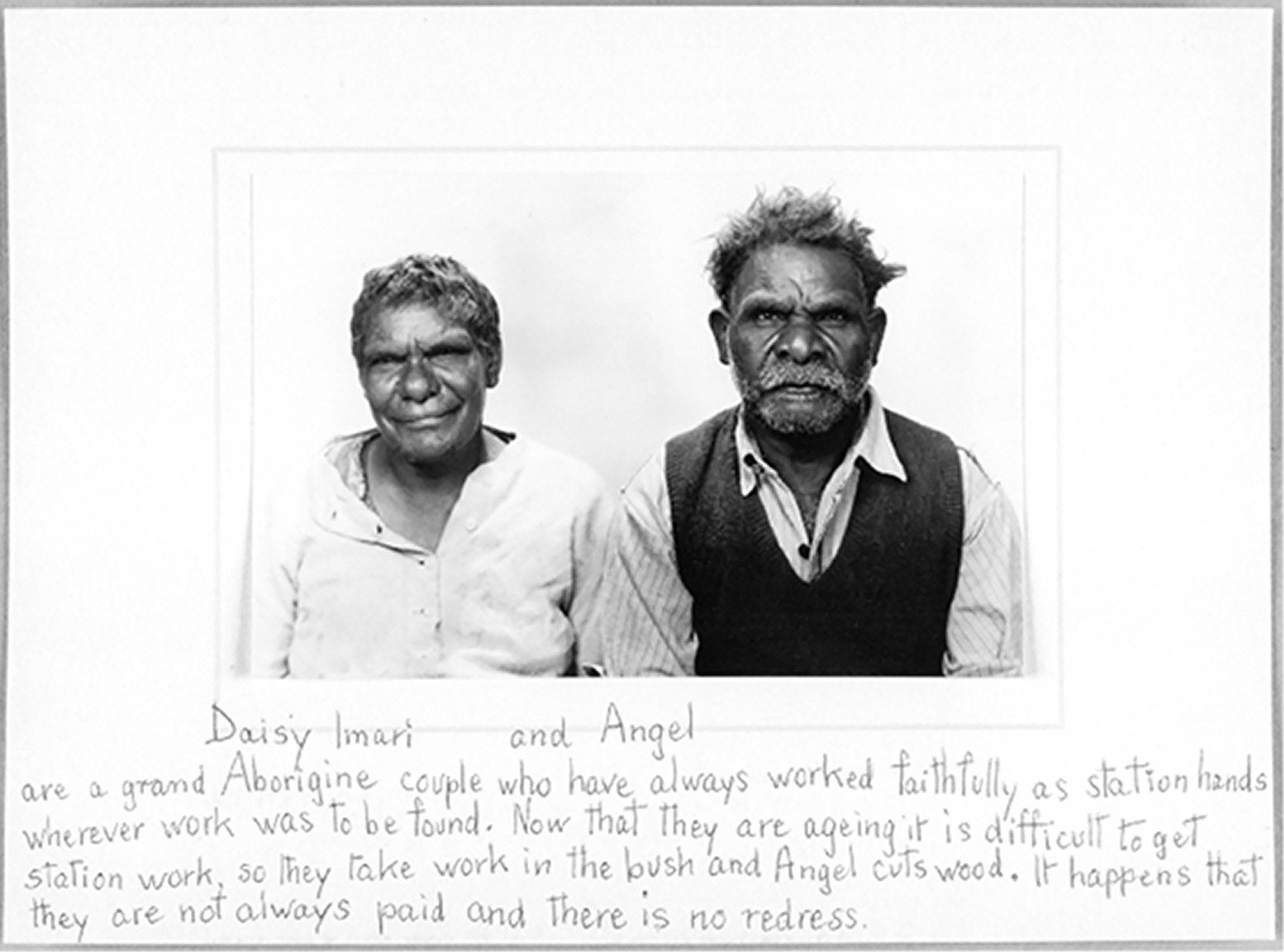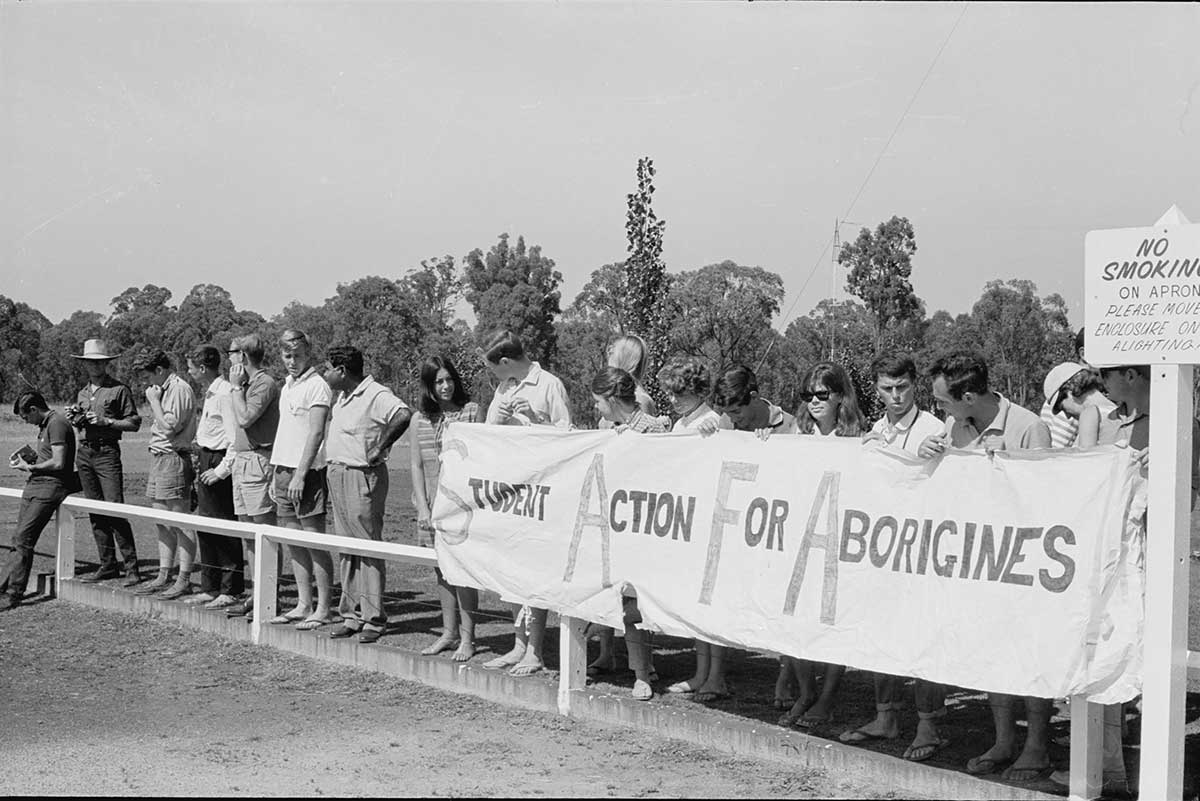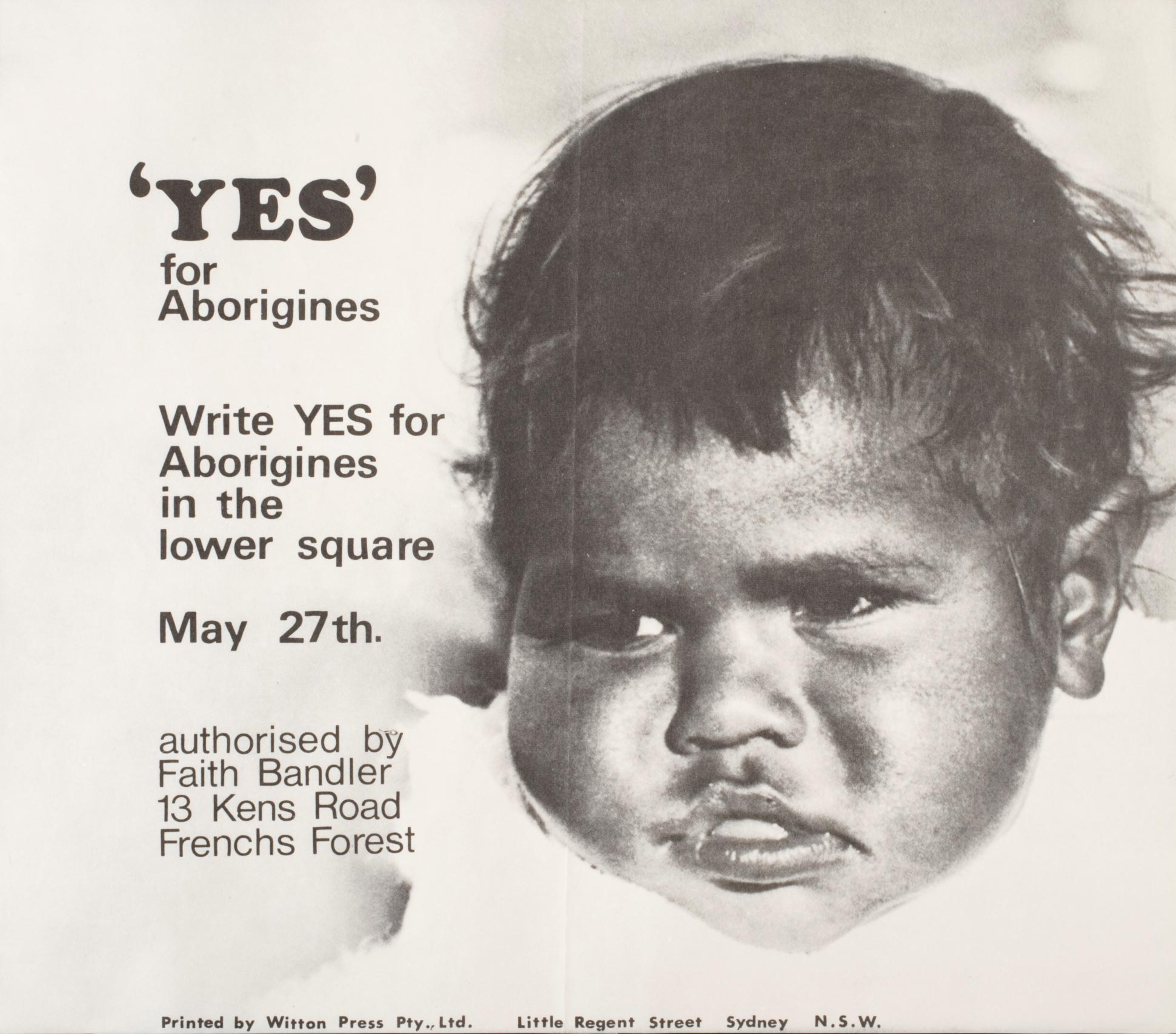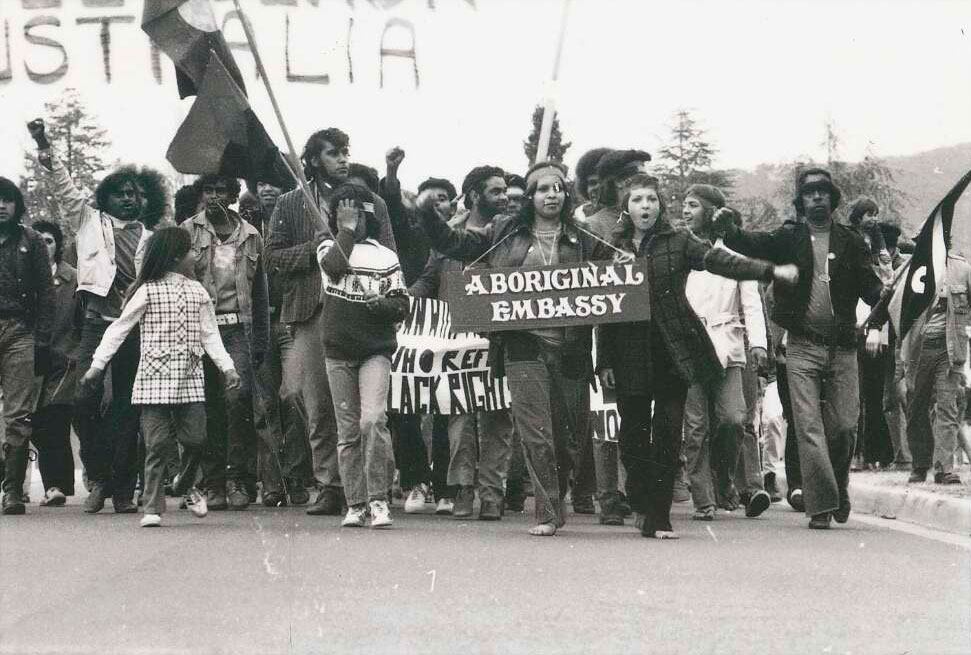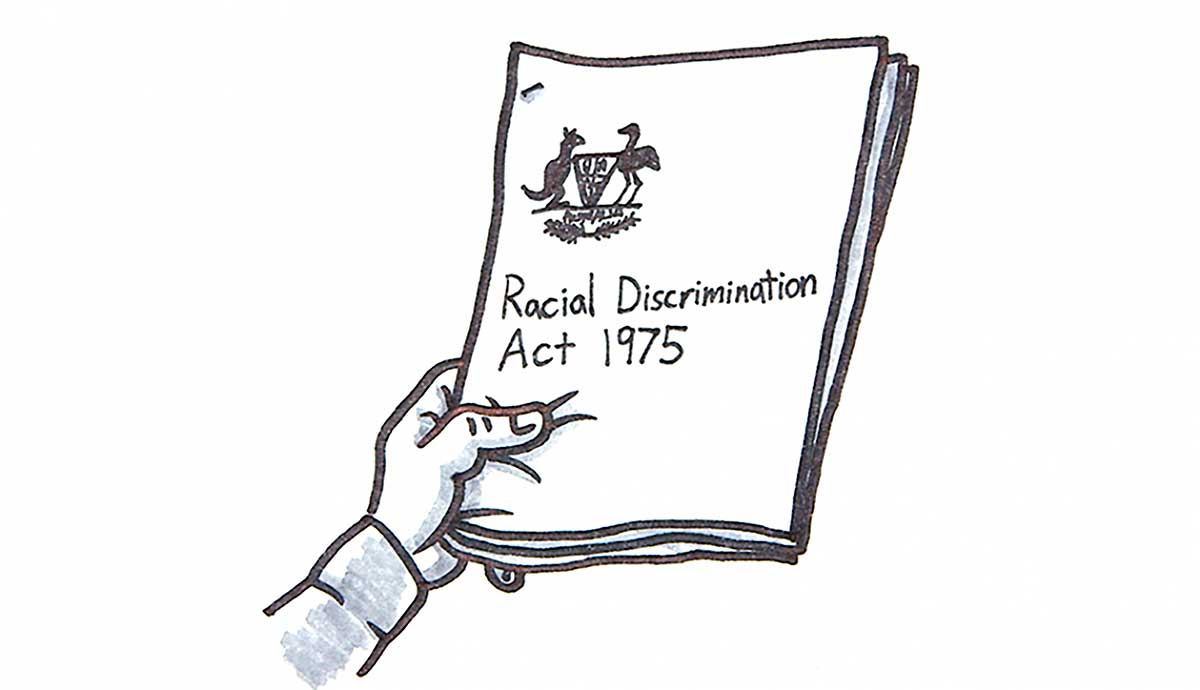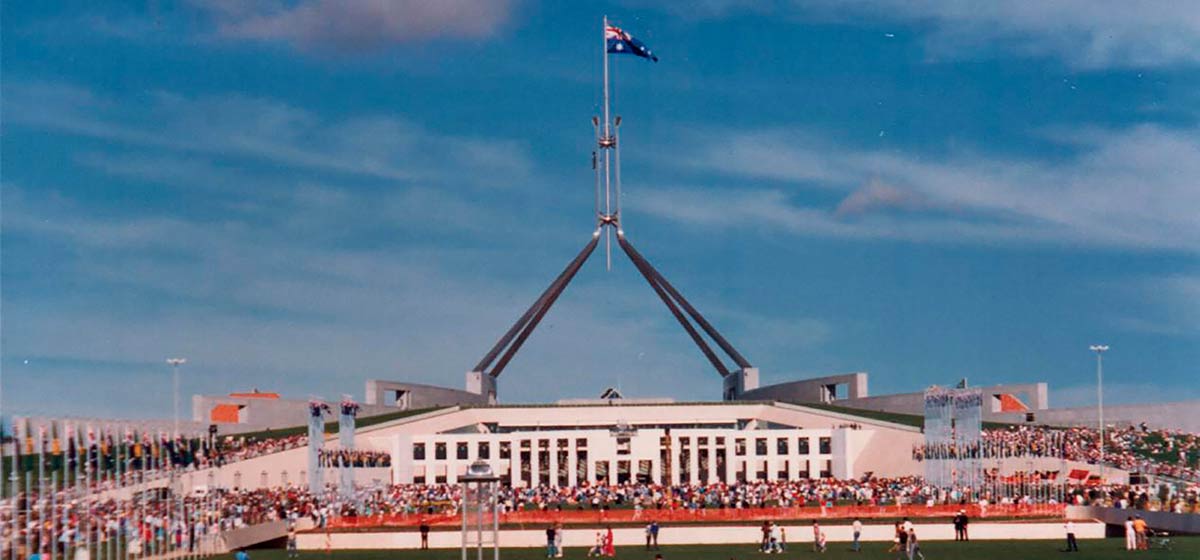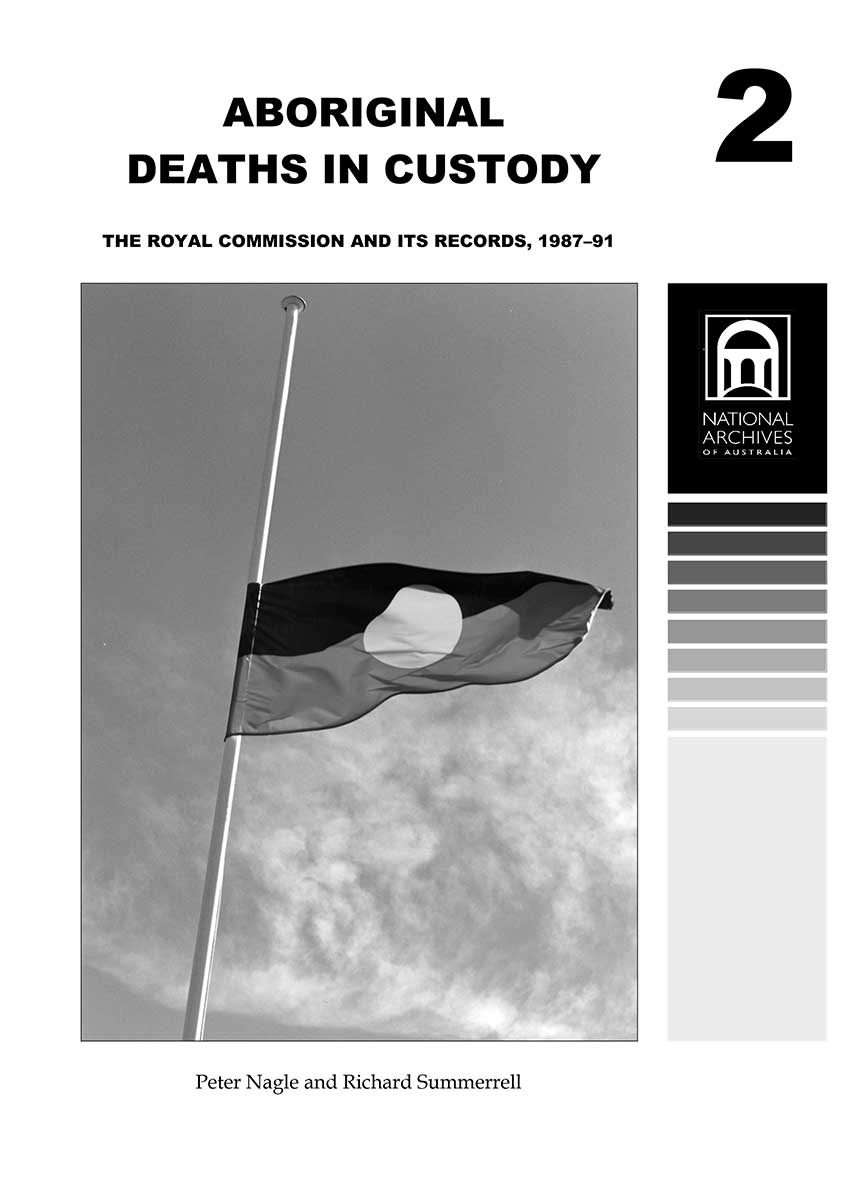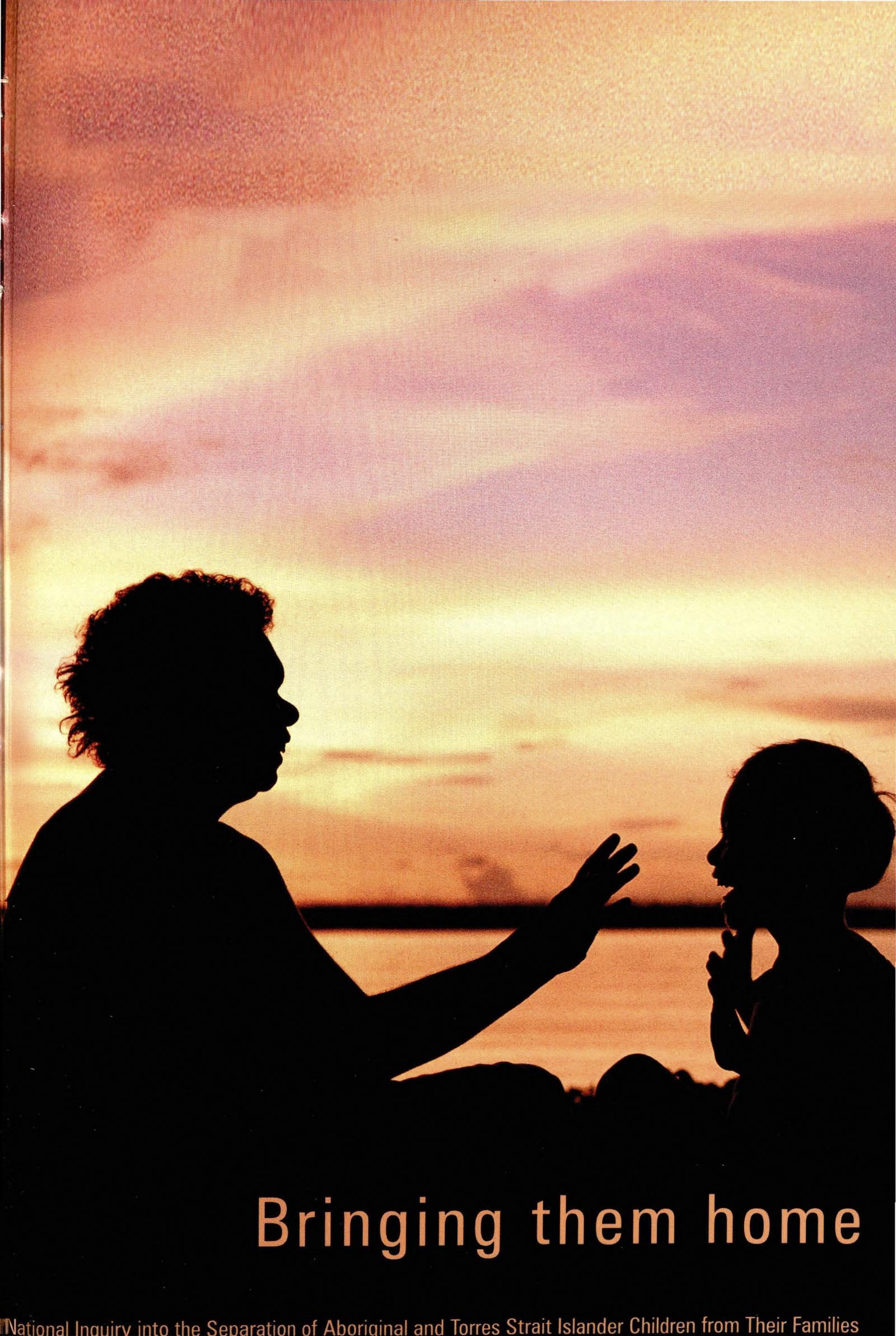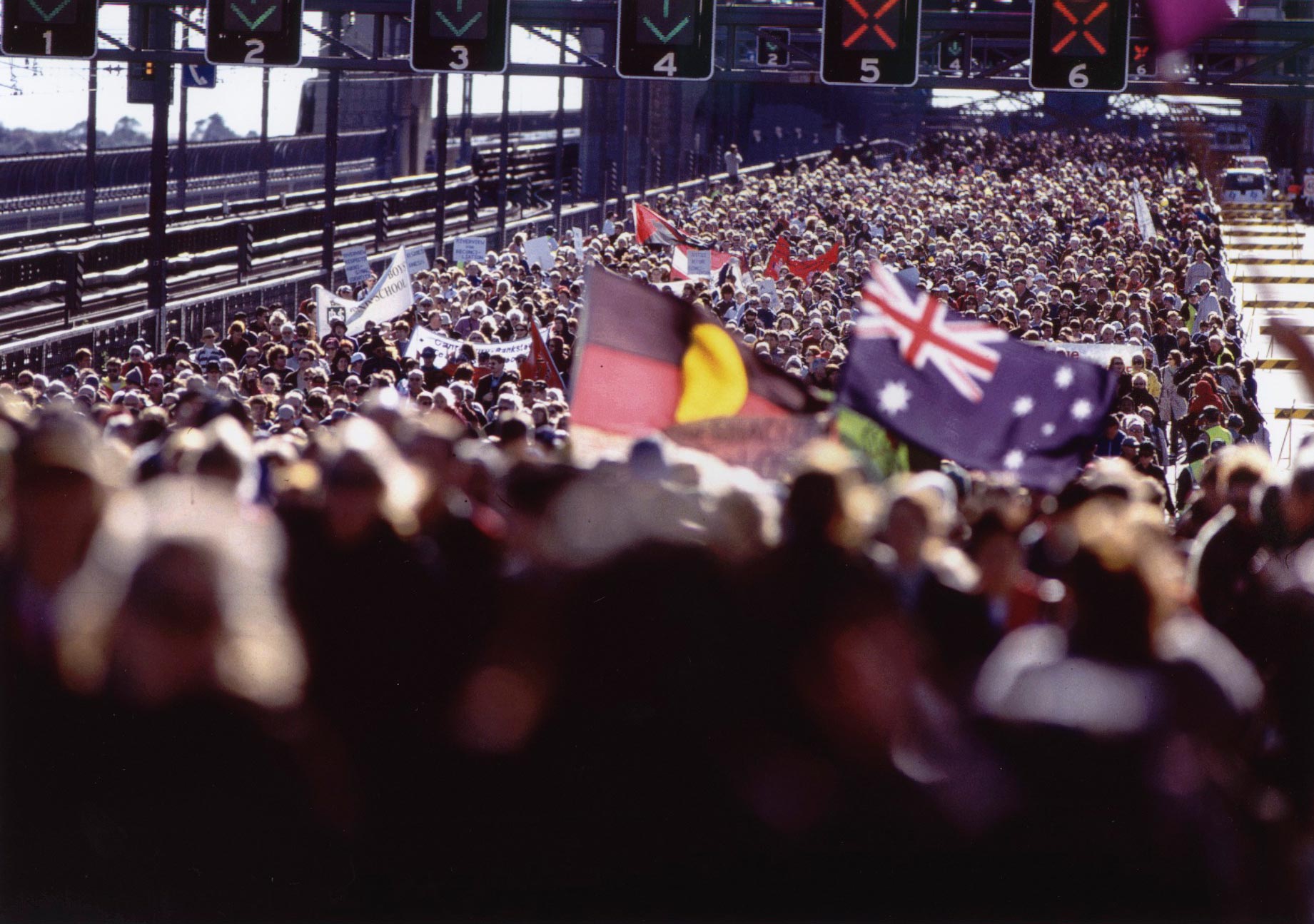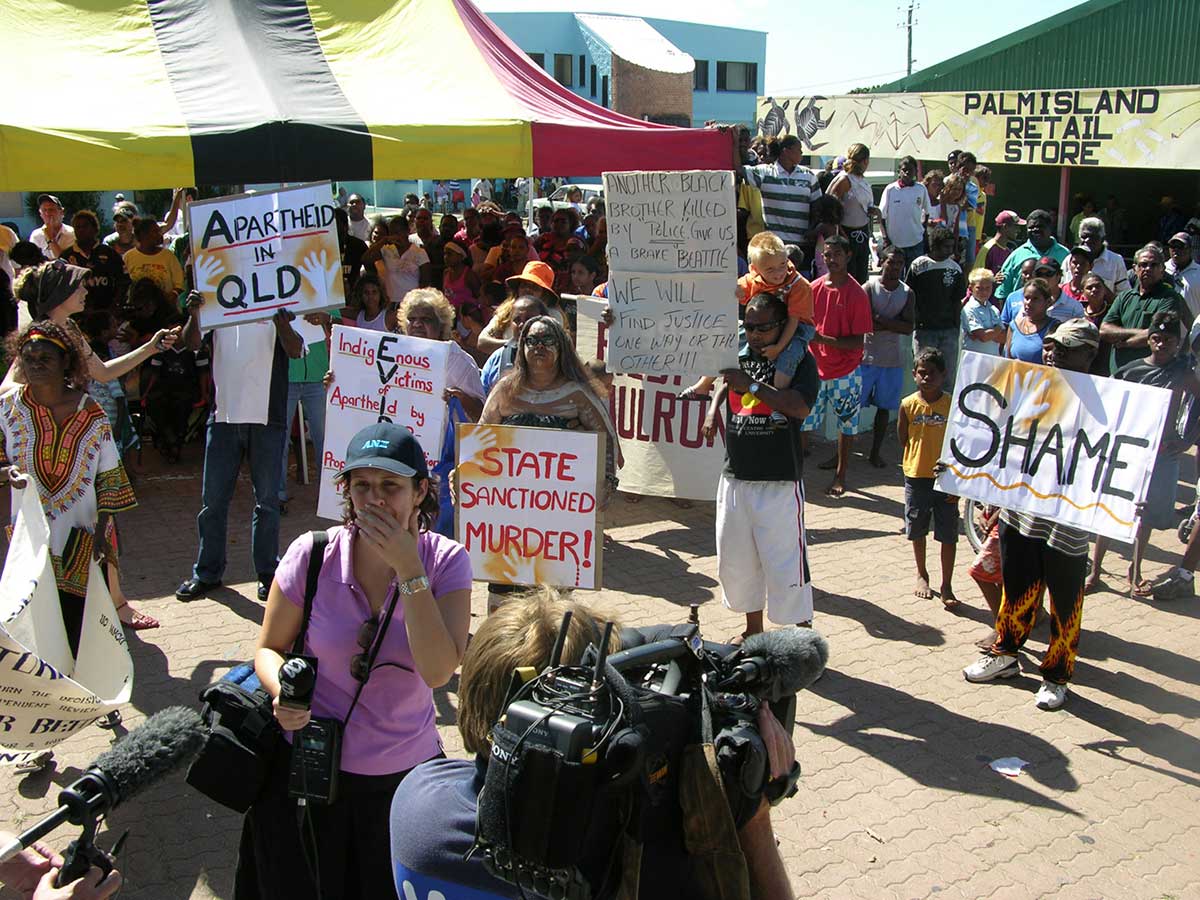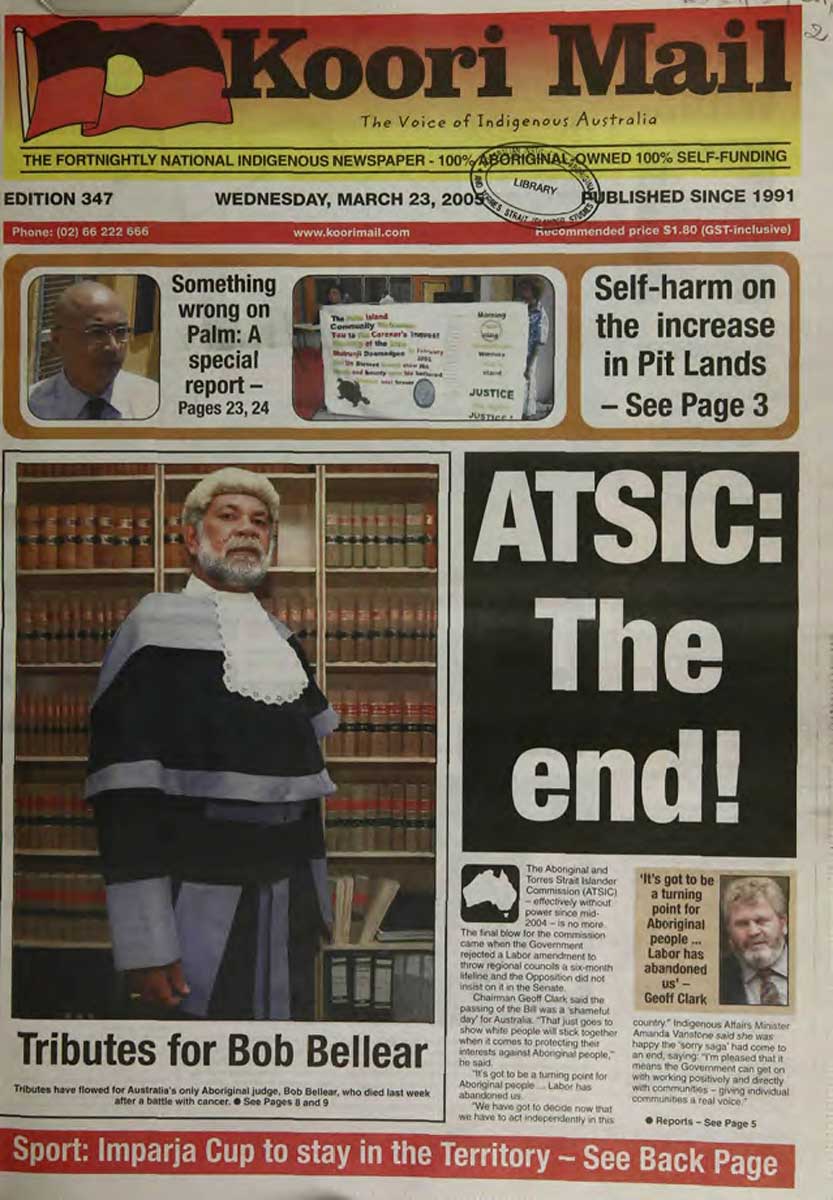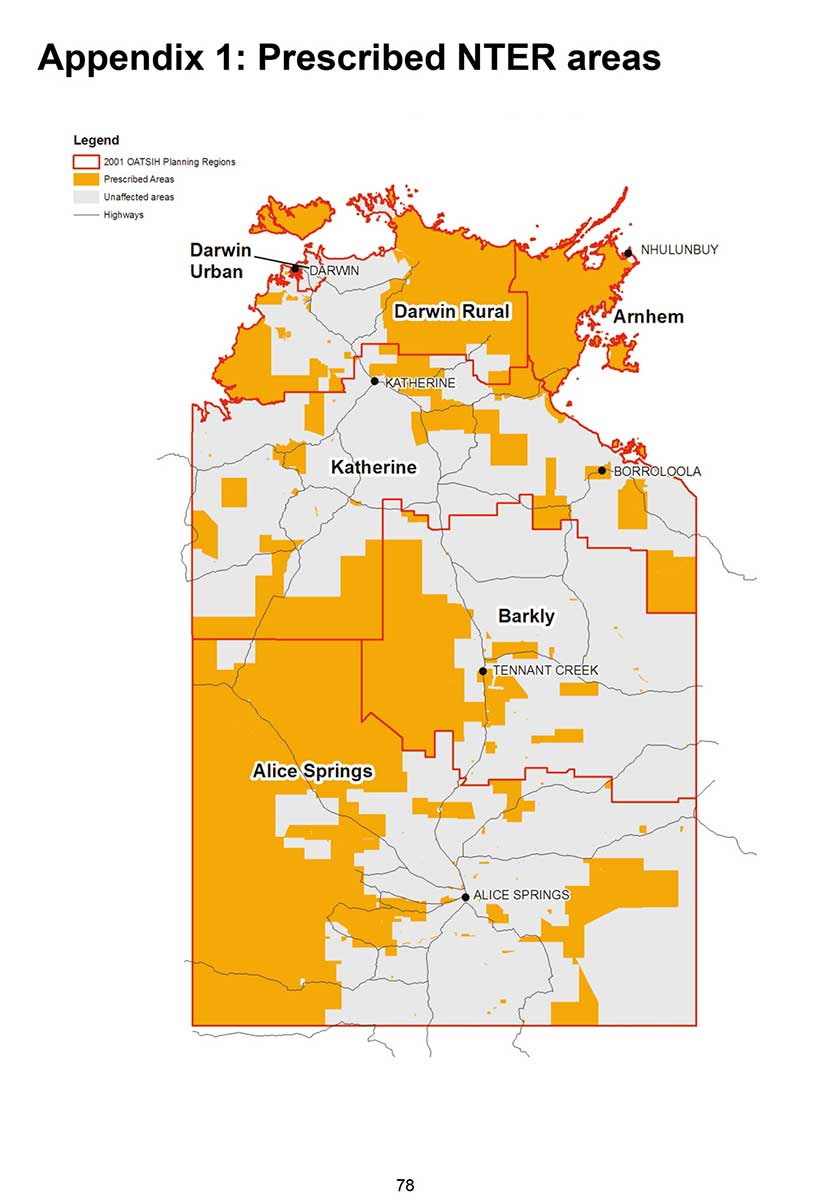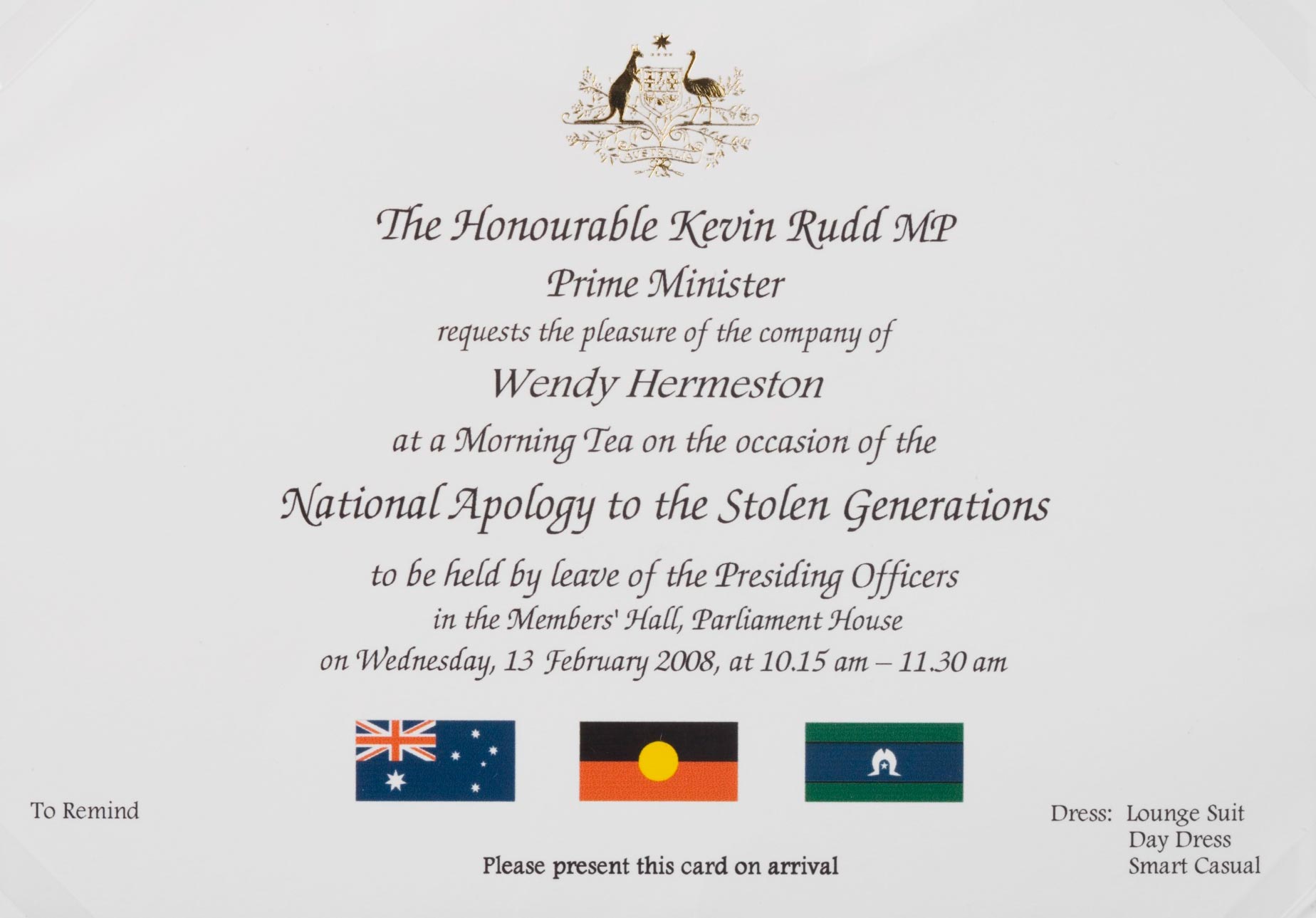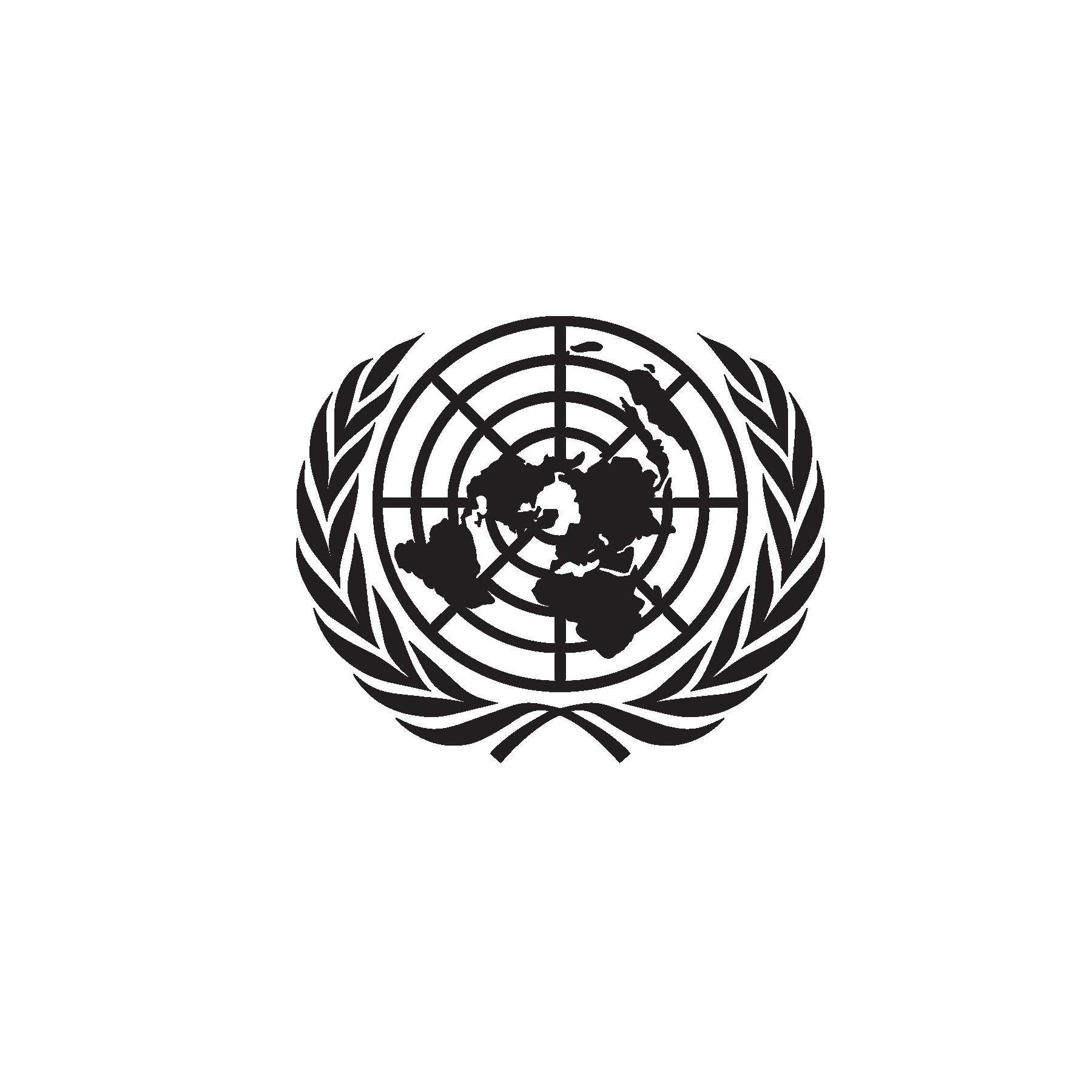Learning module:
Rights and freedoms Defining Moments, 1945–present
Investigation 1: Exploring Aboriginal and Torres Strait Islander rights through key Defining Moments
1.4 1956 First nuclear weapons test by British at Maralinga
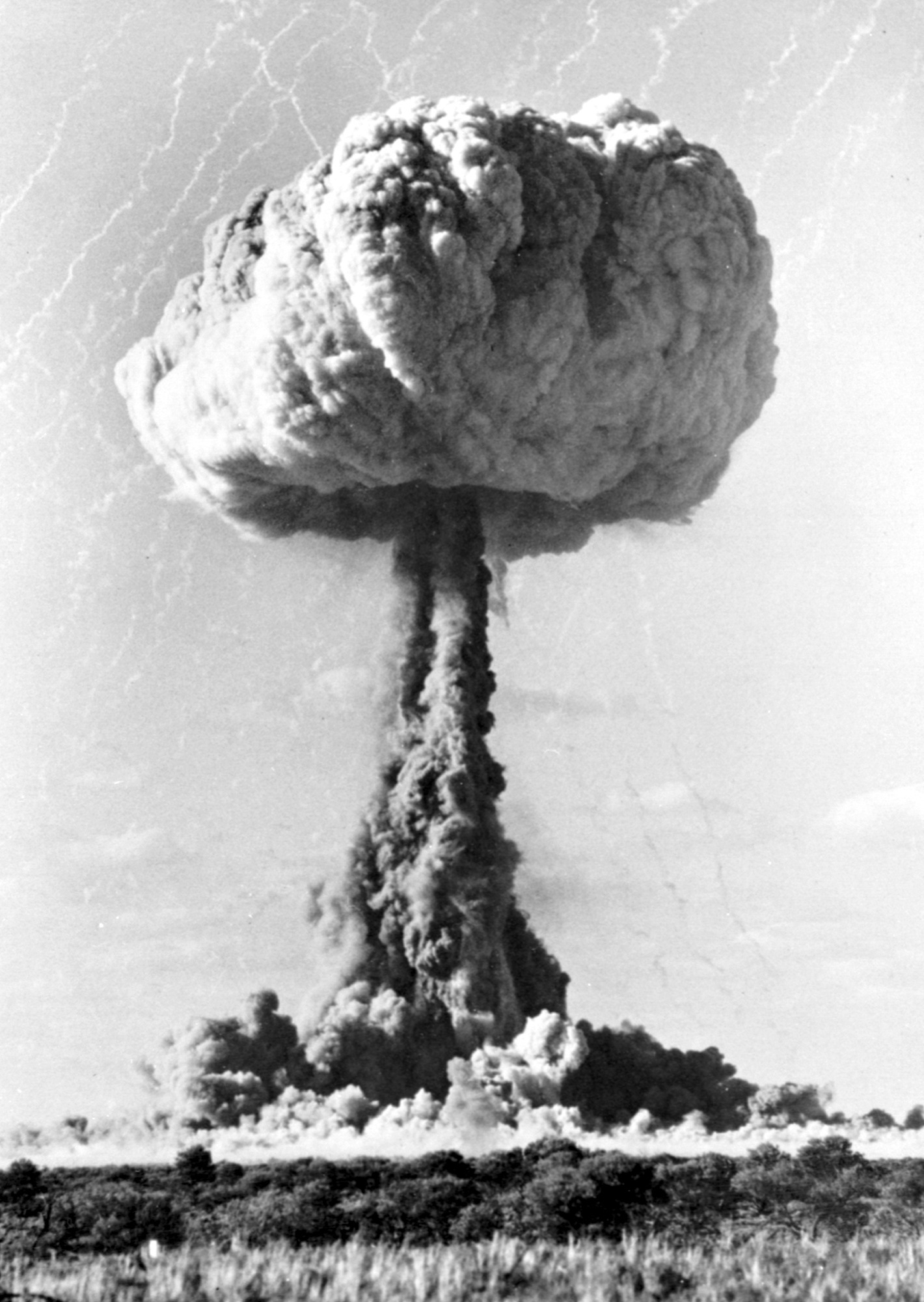
It is 1956.
The atomic bombing of the Japanese cities Hiroshima and Nagasaki by the United States to end the Second World War started an international race for atomic weapons. Britain is in that race, and has an agreement with Australia to use remote parts of Australia to test British weapons. In return, Australia has access to the scientific knowledge being developed.
The areas chosen in the Great Victoria Desert of South Australia are huge and remote. However, there are small numbers of Aboriginal people living within those remote areas. It is their traditional land and they have had almost no contact with other people.
How will their rights and interests be protected?
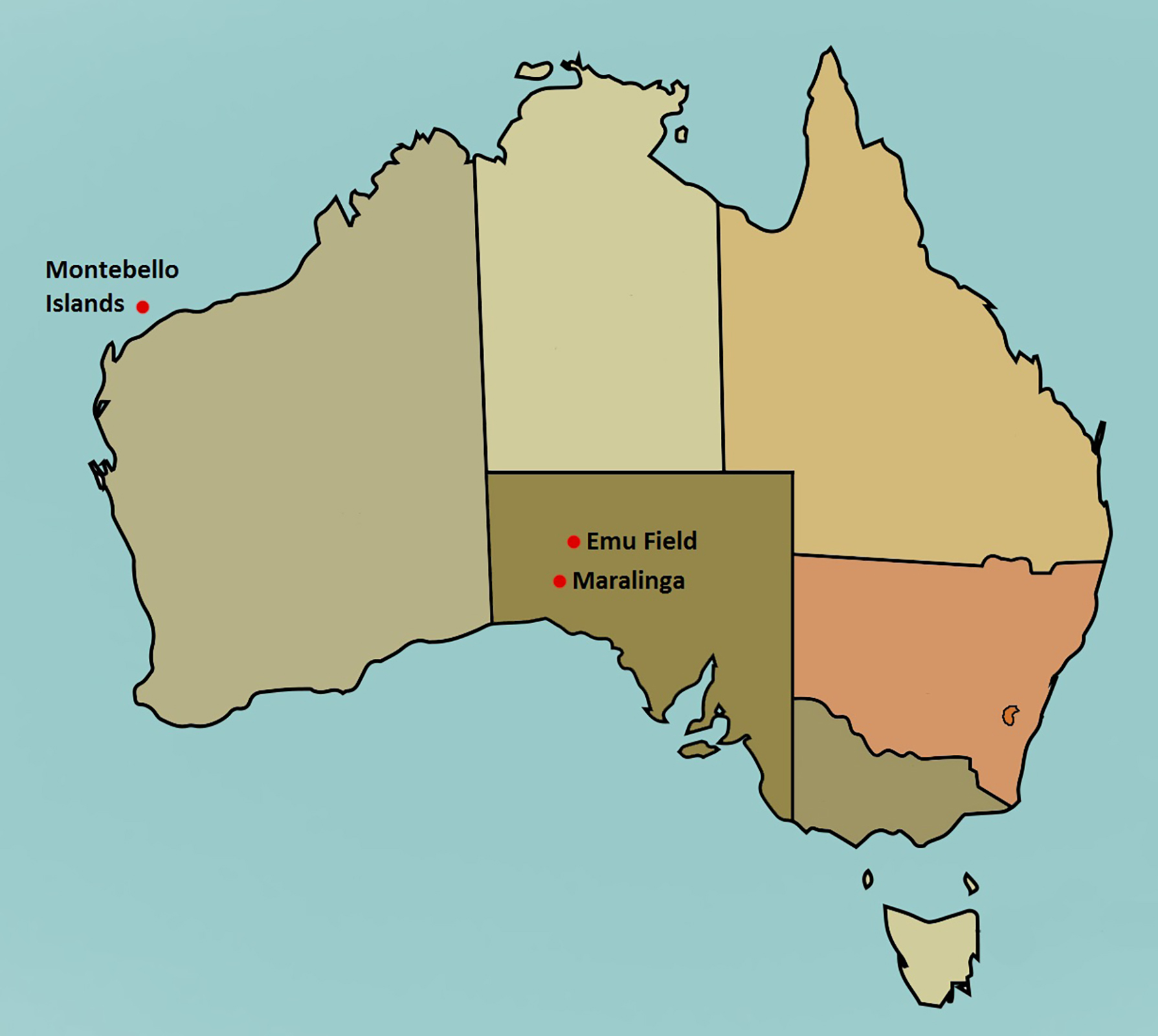
Read the information in the Defining Moment in Australian history: 1956 First nuclear weapons test by British at Maralinga and answer the questions that follow.
1. The three testing sites were the Monte Bello Islands, Emu Field and Maralinga. What were the dates of testing at each site?
2. What dangerous waste was created by the tests and left on the testing sites?
3. What impacts did the test have on the people involved in the tests?
4. What impacts did it have on the Aboriginal people of the area and their land?
5. Why were the interests of the Aboriginal people not protected?
6. What was done to rehabilitate the area?
7. When was a clean and safe Maralinga finally returned to the traditional Aboriginal owners?
8. What was the significance of the nuclear testing at Maralinga for Aboriginal and Torres Strait Islander people’s rights?
9. How would this event have influenced the development of Aboriginal and Torres Strait Islander people’s rights over time?






